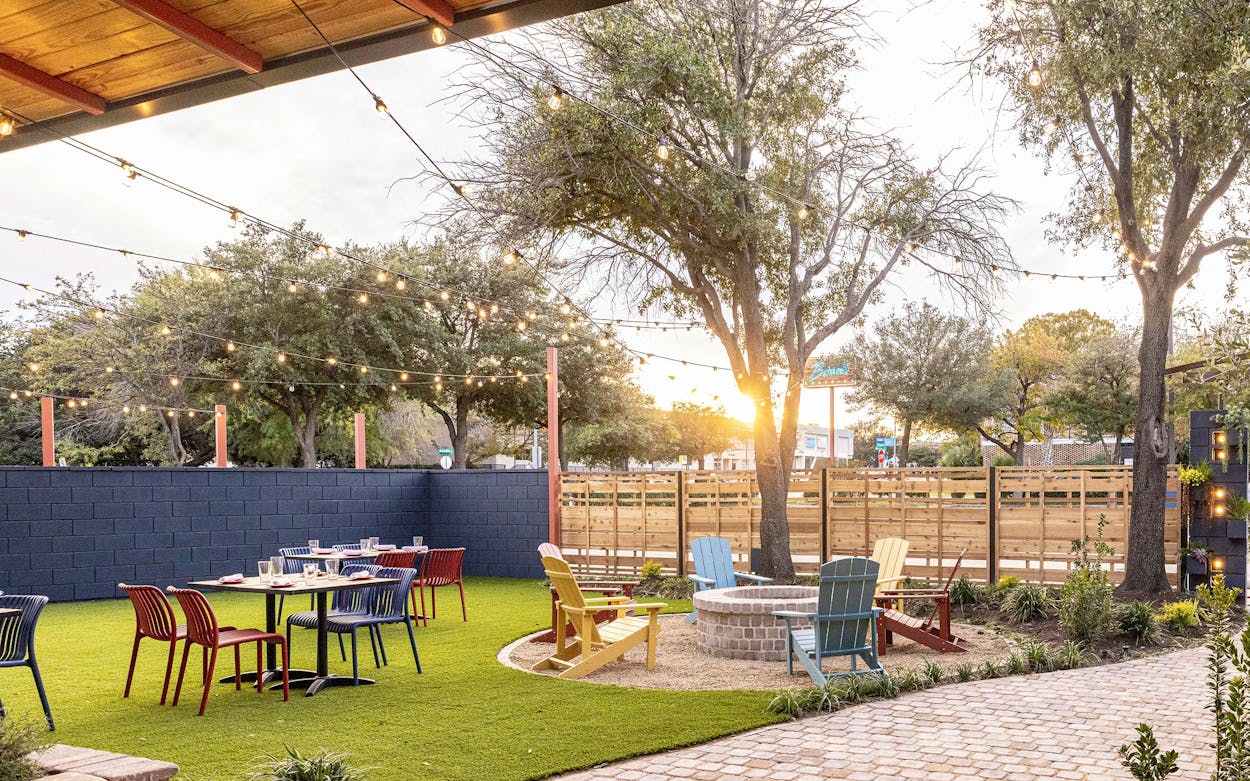For years, East Dallasites wondered what would become of their local Luby’s, with its buffet line frozen by the COVID-19 pandemic. As the company waited for a buyer-savior in 2020, Luby’s announced that it would dissolve—then, the next year, a Chicago entrepreneur signed on to recuperate most of the forty remaining locations in Texas. By that time, though, restaurateur Jon Alexis was already in negotiations to buy the East Dallas property from its owner, the Catholic Diocese of Dallas. For three decades, the beloved—though admittedly decrepit—cafeteria served fried fish, Bacon Cheese Steak, liver and onions, and Ambrosia fruit salad to generations of Dallasites. Alexis remembers his dad taking him to the restaurant for his first LuAnn platter (a half entrée, two sides, and bread) when he was fourteen years old. Now he’s attempting to create another institution on the same expansive, 2.2-acre lot.
When it opens December 13, the new restaurant, called Birdie’s Eastside, will be a patio-centric watering hole and neighborhood joint where knife-and-fork dinners are served alongside sous vide queso and beers, “spritzies” (sparkling cocktails), and sauvignon blanc slushies. Alexis’s seventh restaurant in a portfolio that includes Escondído Tex Mex Patio, Malibu Poke, Ramble Room, and TJ’s Seafood Market, Birdie’s Eastside will share Bob Luby’s mission when he opened the first Luby’s in San Antonio in 1947: to “serve good, fresh food in a setting people would want to come back to time and time again.”
The designer hired to re-create the nostalgic space was Hatsumi Kuzuu, whom Alexis refers to as a “boss.” Born in Tokyo, Kuzuu says she moved to Dallas when she was eighteen years old because she was very outspoken and outgoing and didn’t feel her personality fit into the “traditional Japanese women’s place to be.” She wanted to be an engineer, but she, in her words, “sucked at math,” so she followed a suggestion to study design, where she could work with blueprints as an artist.
Among other commercial and residential projects in her 25-plus-year career in Dallas, Kuzuu has designed an unbelievable 168 restaurants, most notably Tei-An, a Japanese soba house, along with now-closed fine dining joints FT33 and Filament. She has never had a website, and she’s never needed one. Most of her projects are referrals that come from what she calls a “circle of friends,” and, unless it’s an especially interesting project, she rarely takes on new clients.
“If somebody comes to me and says ‘Show me what you can do’—or I have to bid like bigger corporations do . . . I don’t have time,” she says. “I just say, ‘Please hire somebody else.’ It has nothing to do with me being cocky. I’m a one-woman [business], and I don’t care to grow.”
Kuzuu’s designs usually stick to neutrals, or one or two colors, so Birdie’s is not only one of her biggest projects in terms of space, but also her most colorful, with a “cosmic country” theme consisting of turquoise, rustic orange, and “foxy red” hues. Kuzuu and Alexis also aimed for something “Texas-y,” but not too country, not too rustic, and not too modern.
Birdie’s is “something in the middle and fun,” Kuzuu says. And unlike in Alexis’s original plan, which was to erase any remnant of the former cafeteria, Birdie’s Eastside will pay homage to Texas’s beloved establishment. Alexis realized he’d underestimated the iconic institution when people began reaching out to share memories of the former space. “I thought people were going to say, ‘Ew, yuck, a Luby’s,’ but they were like, ‘Ooh, cool, a Luby’s!’ ” he says. “I loved Luby’s, but didn’t realize everybody else did, too.”
Here’s how Alexis and Kuzuu re-created the neighborhood-friendly restaurant—with a kids’ area and an adults-only bar—while paying reverence to the thirty-year old cafeteria.

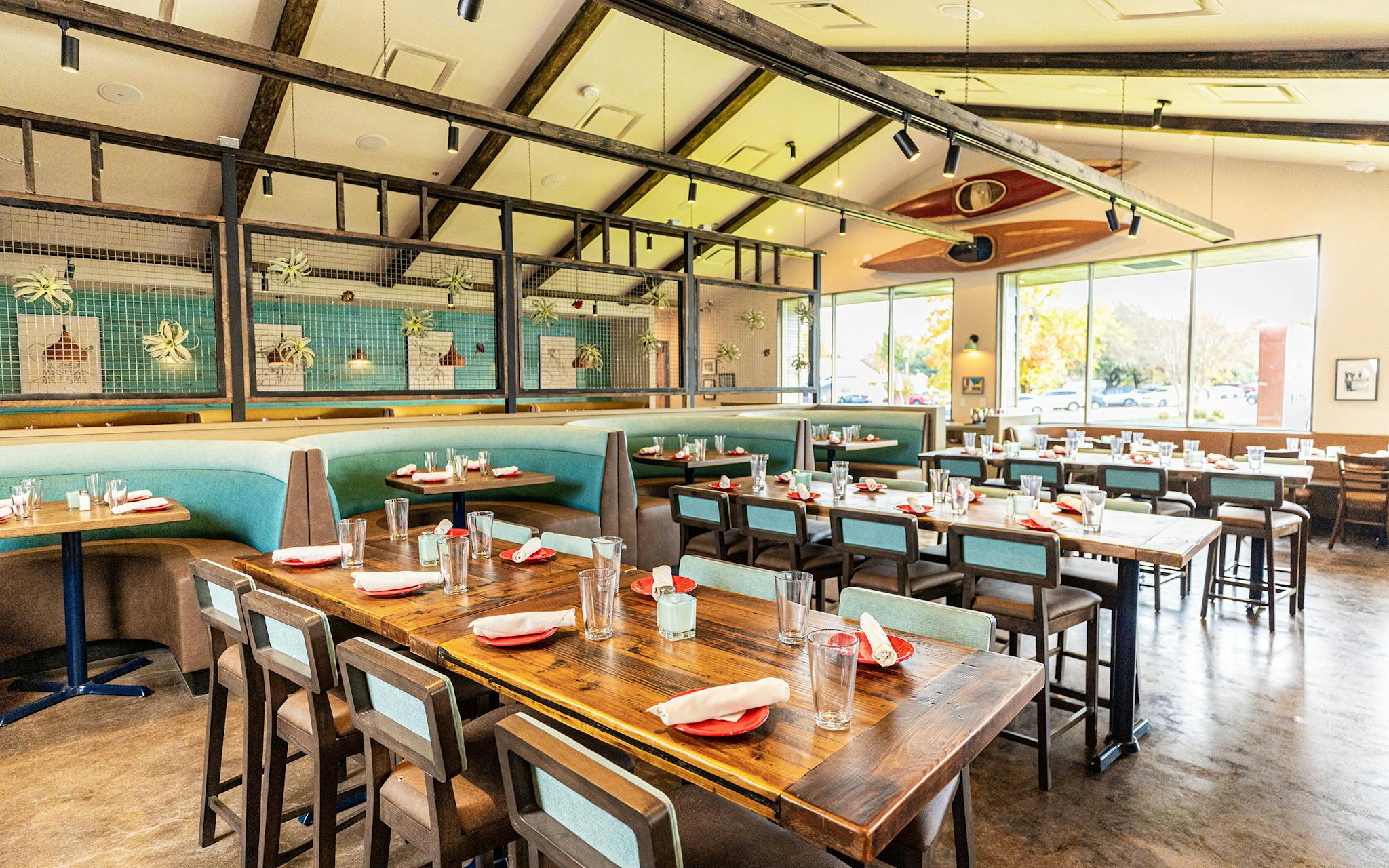
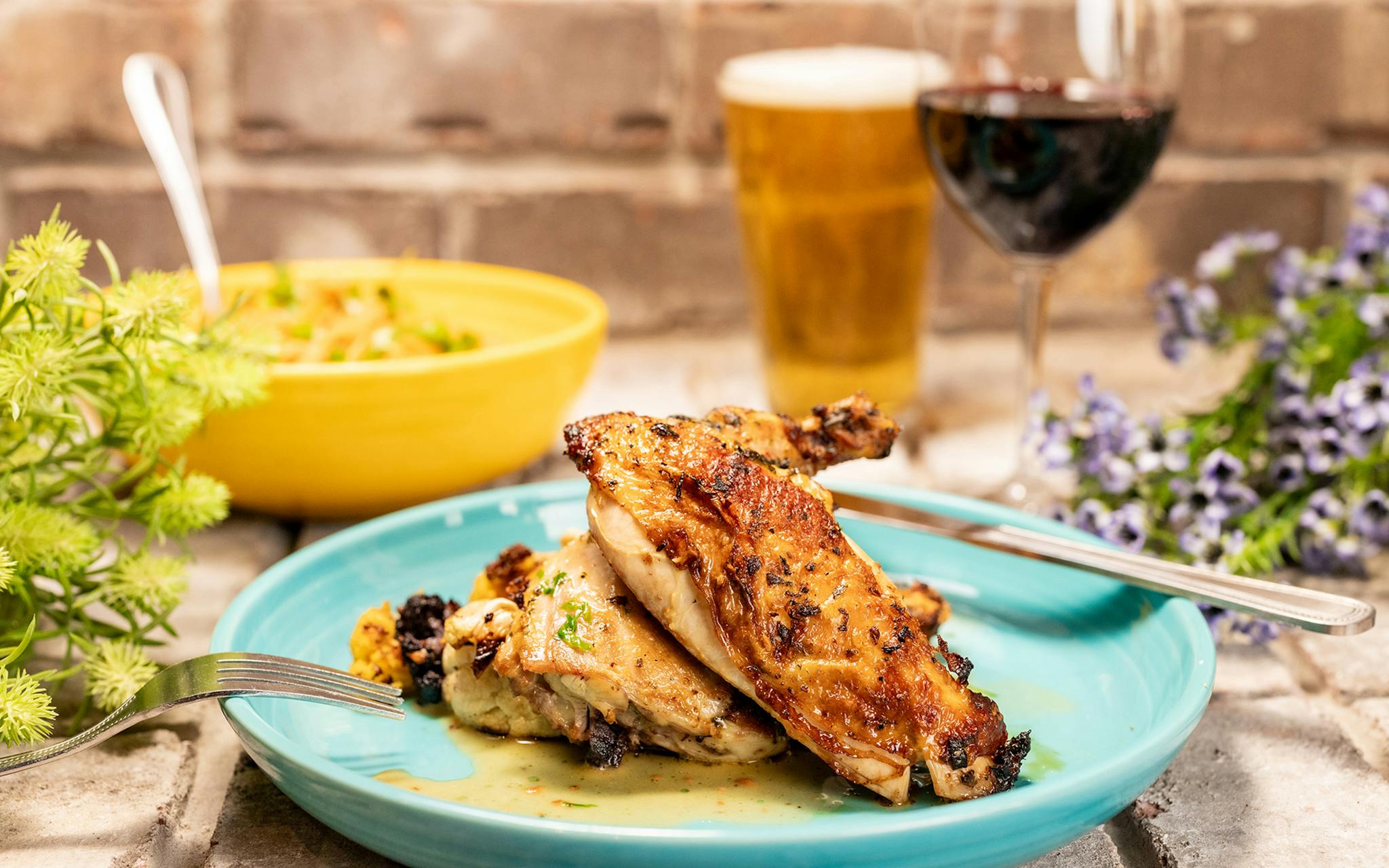
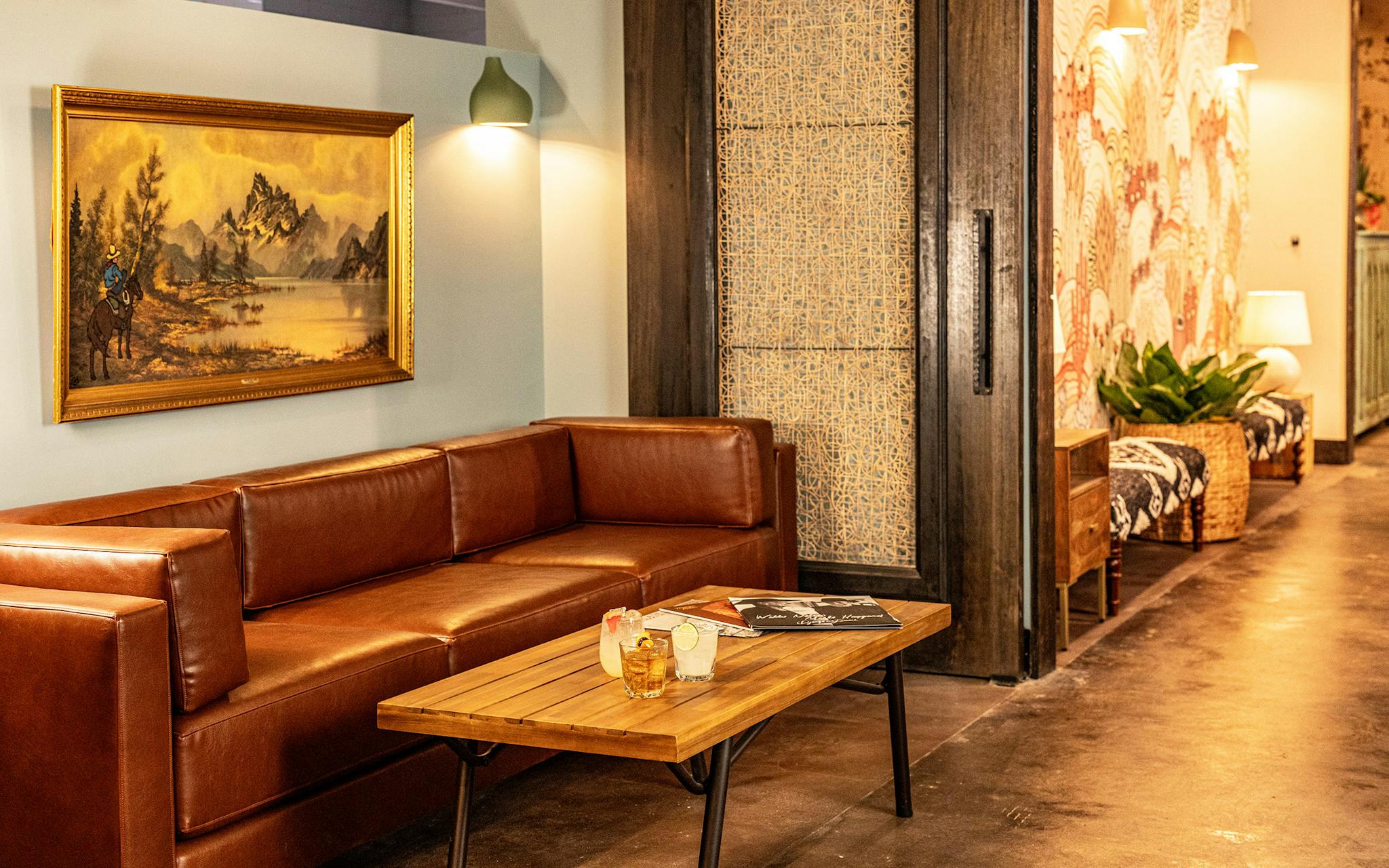
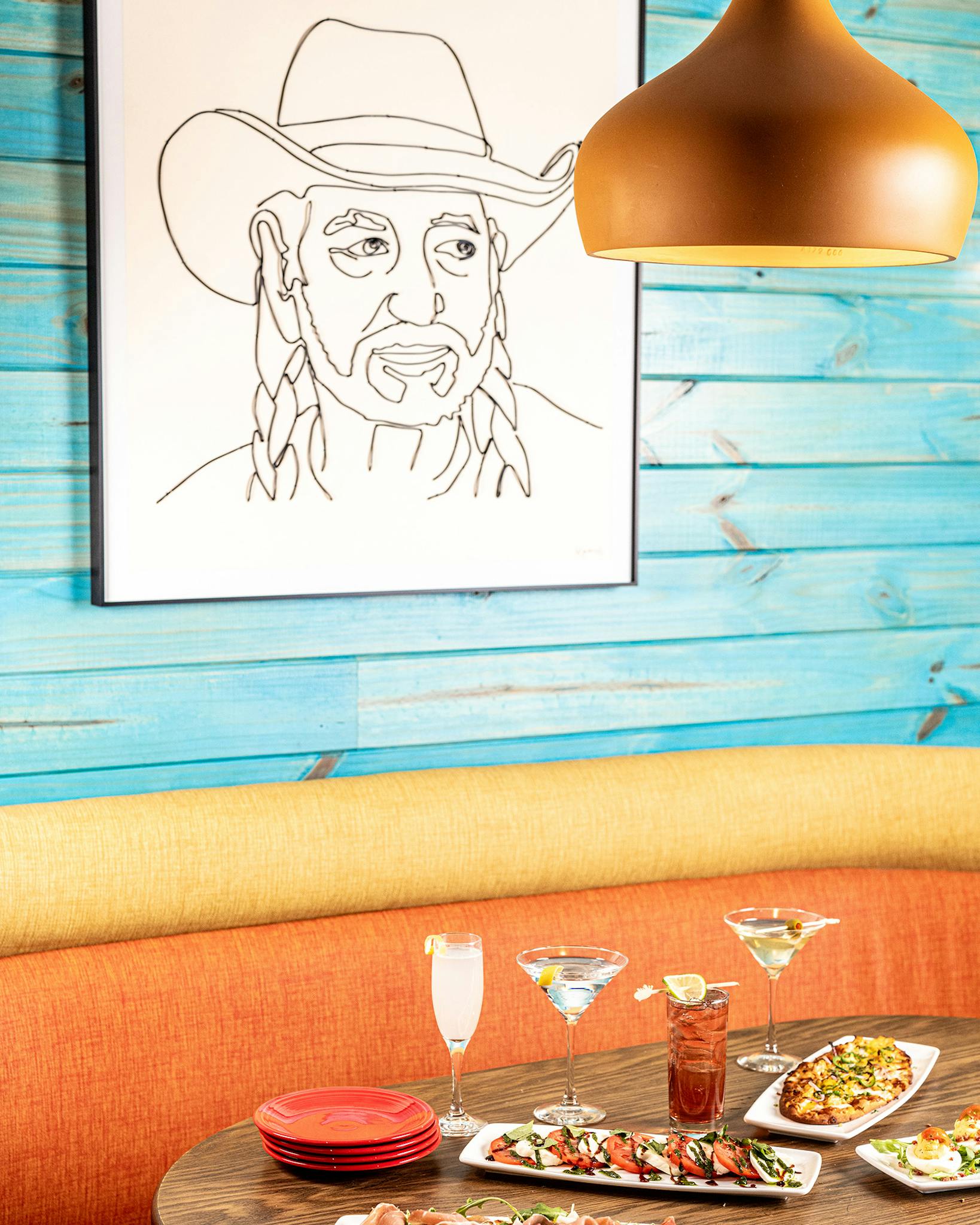
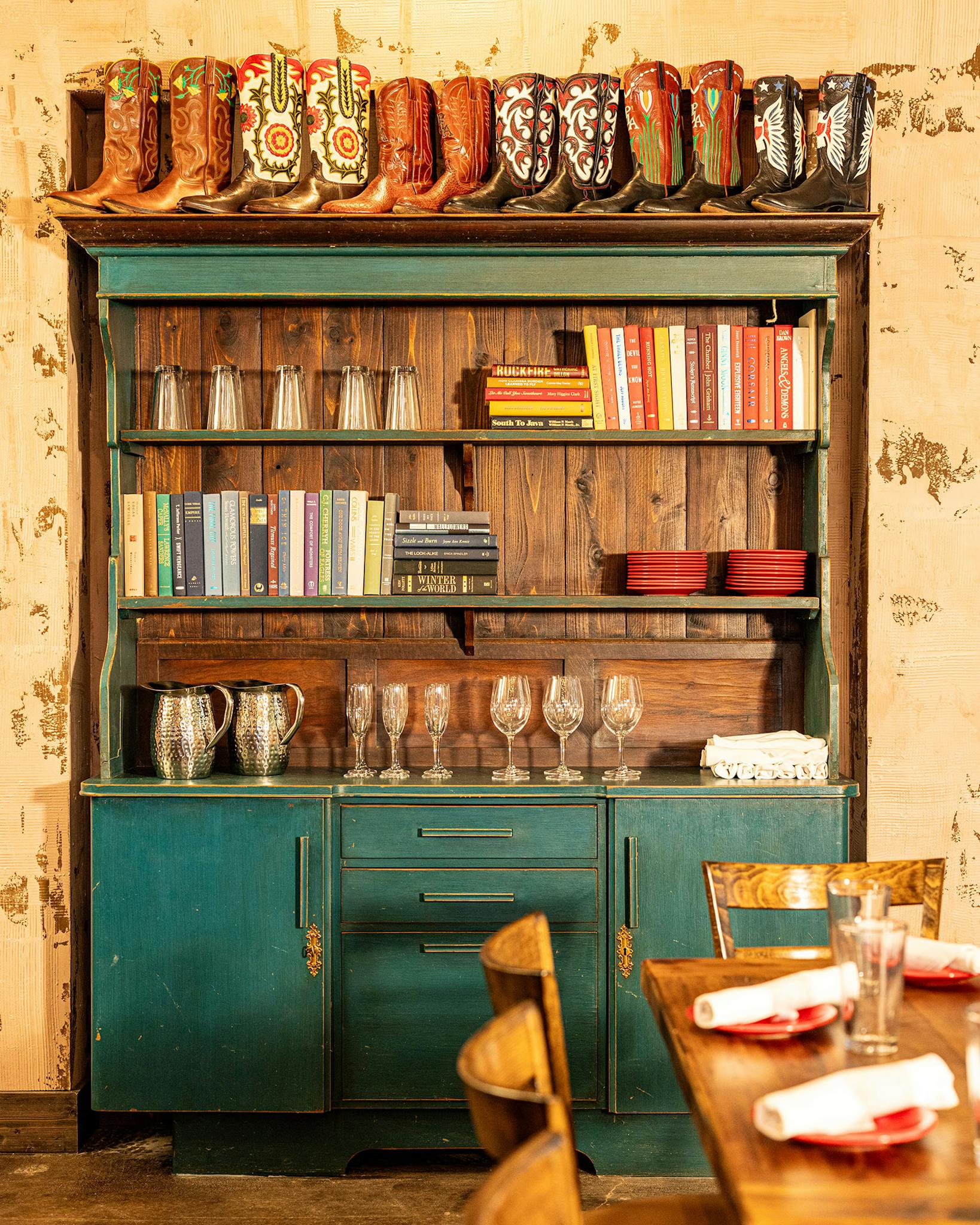
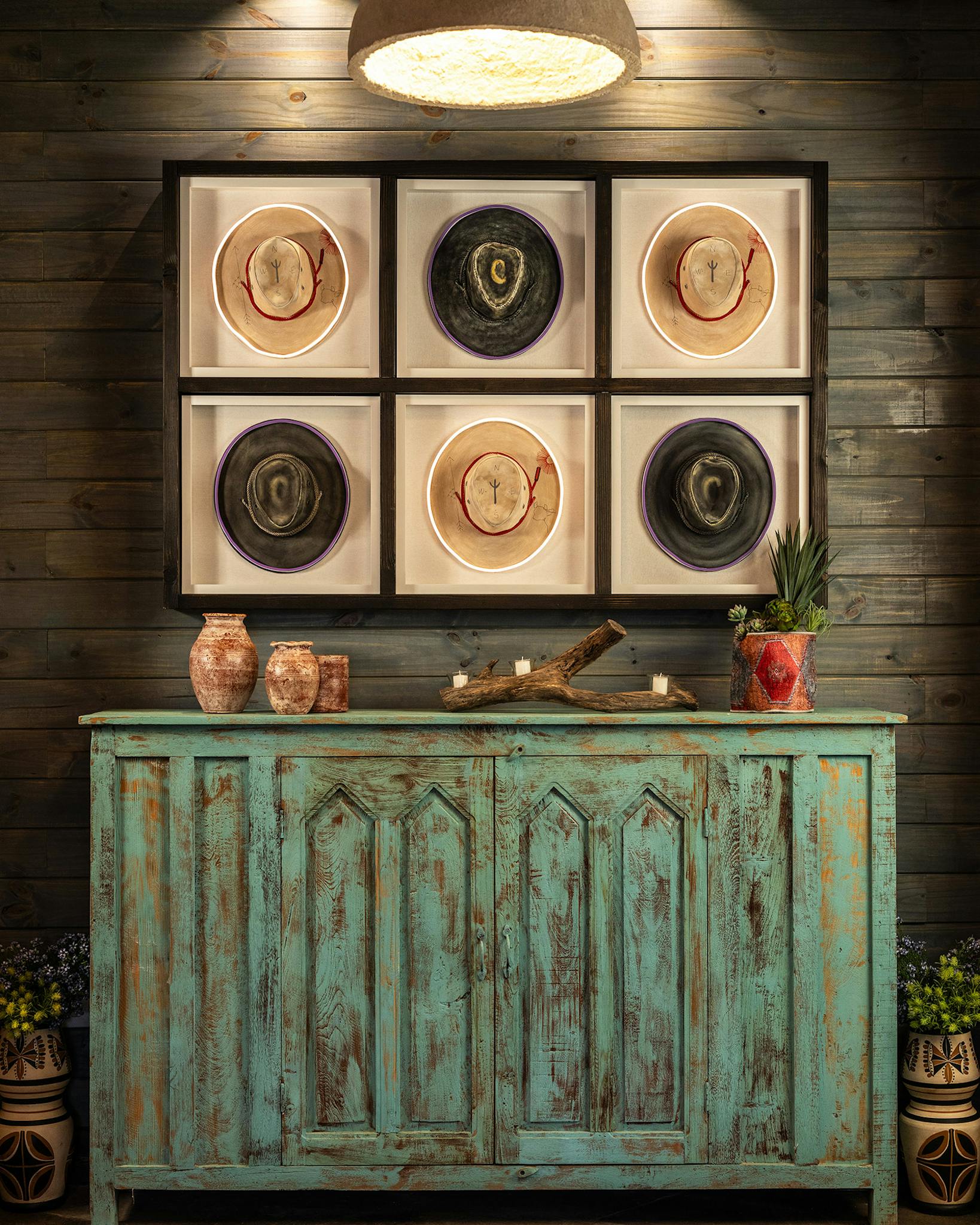
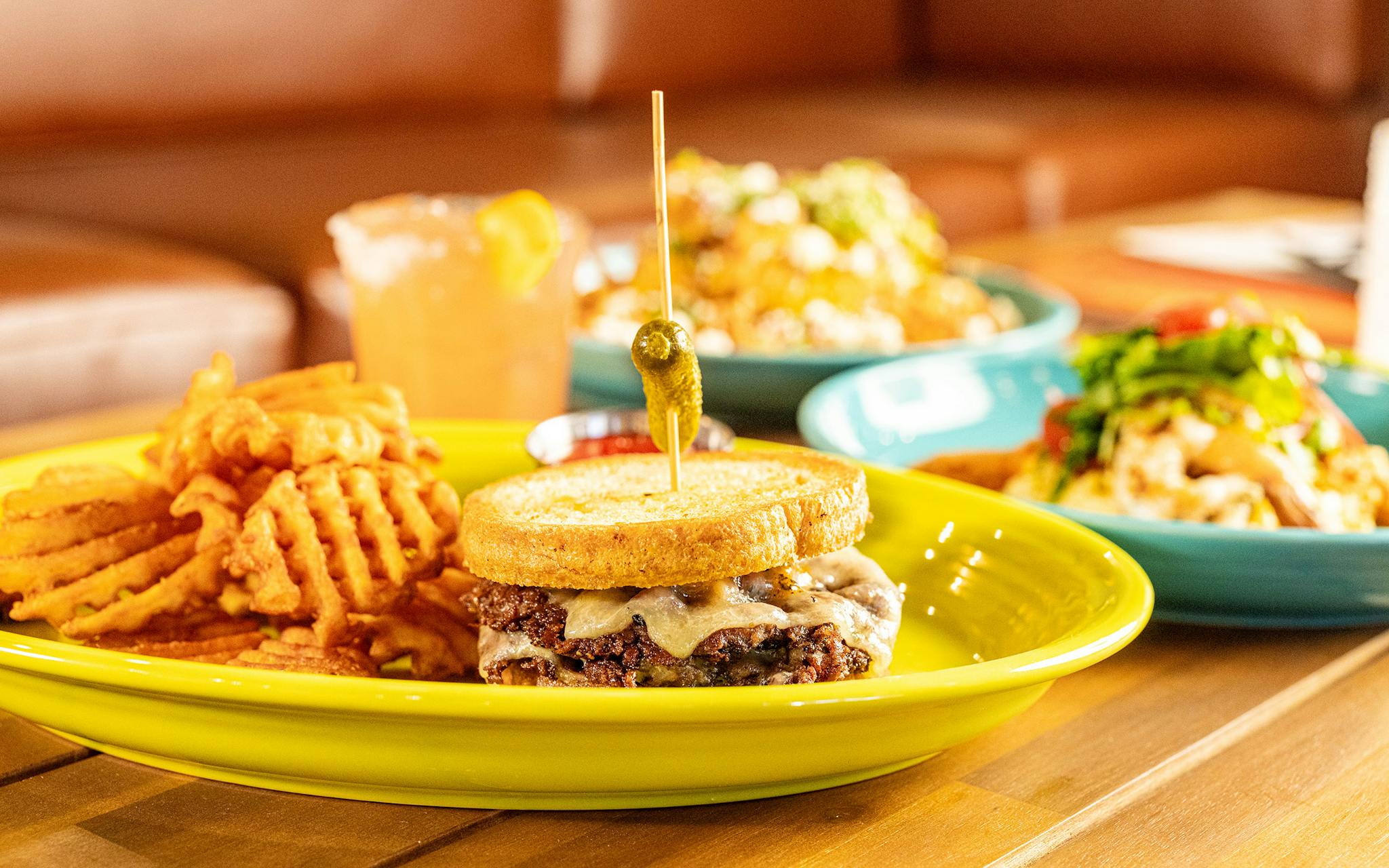
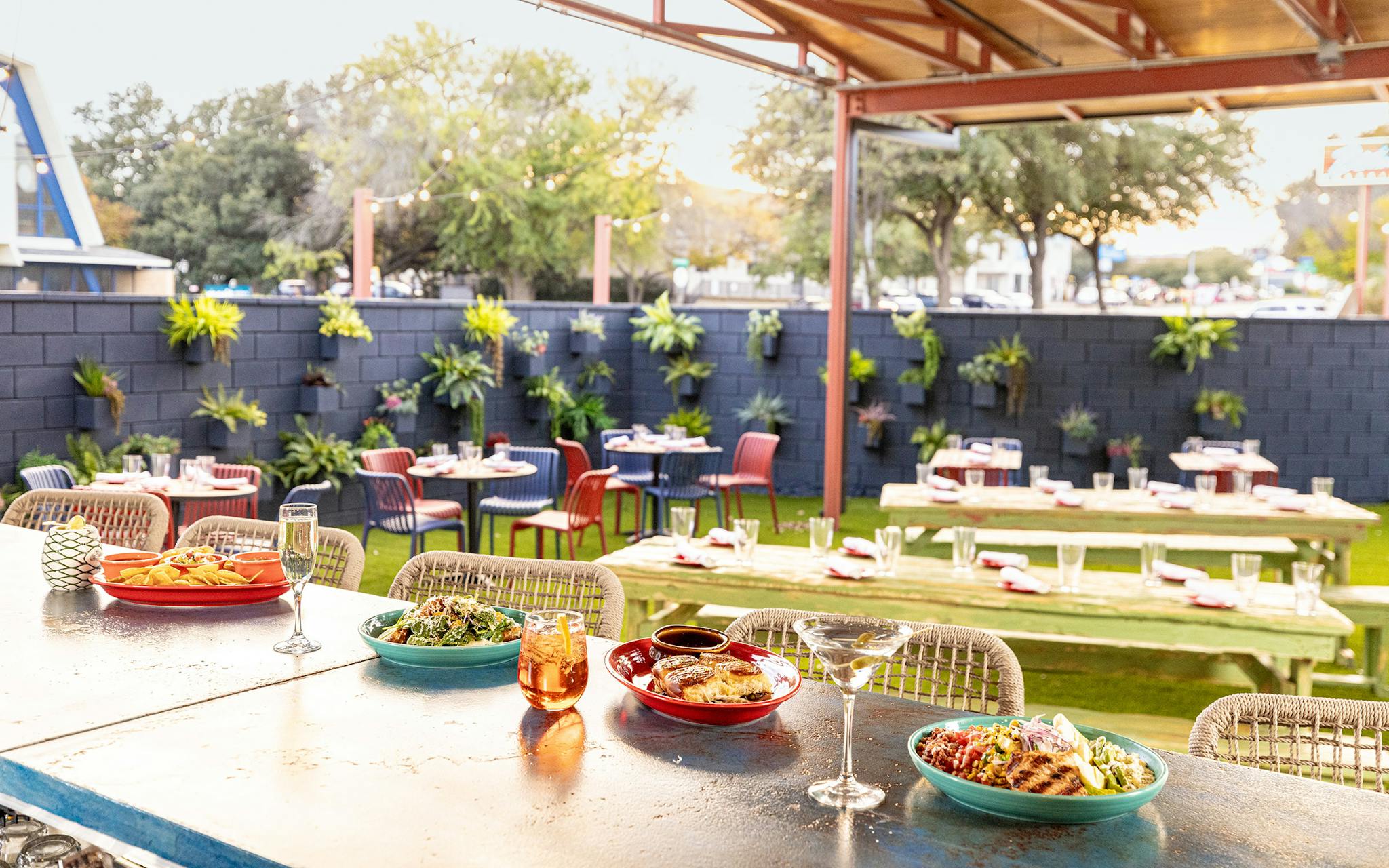
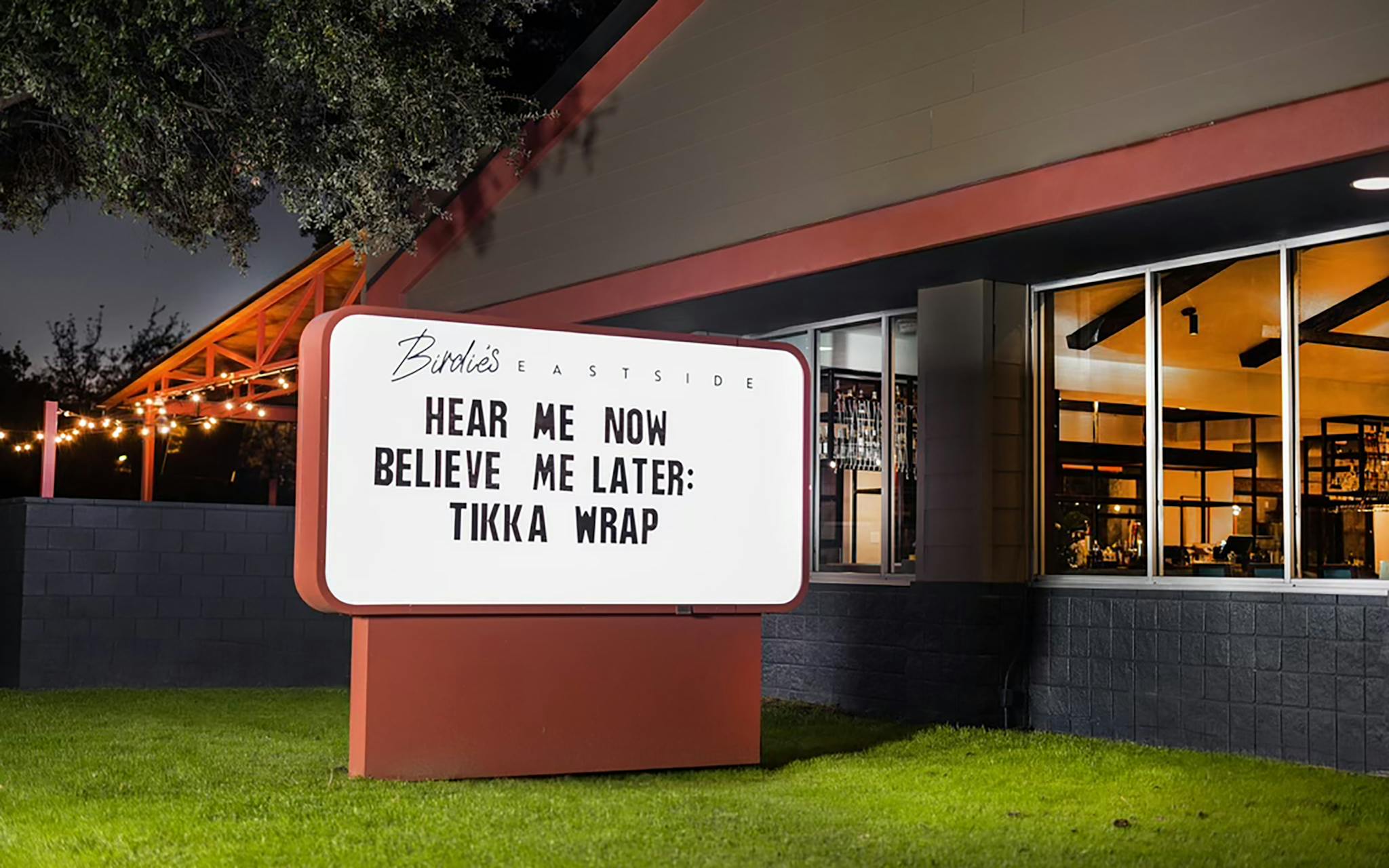
- More About:
- Style & Design
- Architecture
- Dallas
